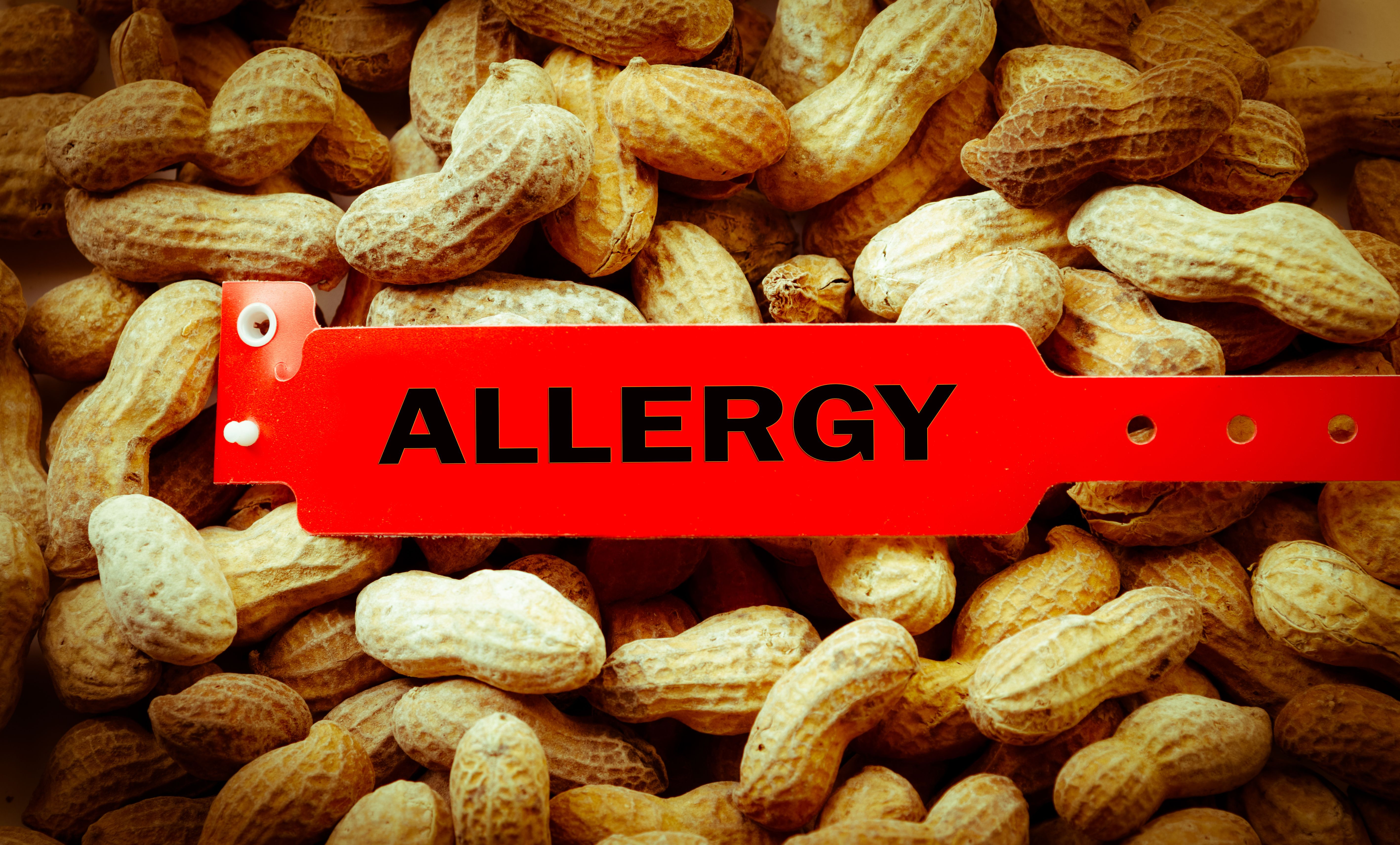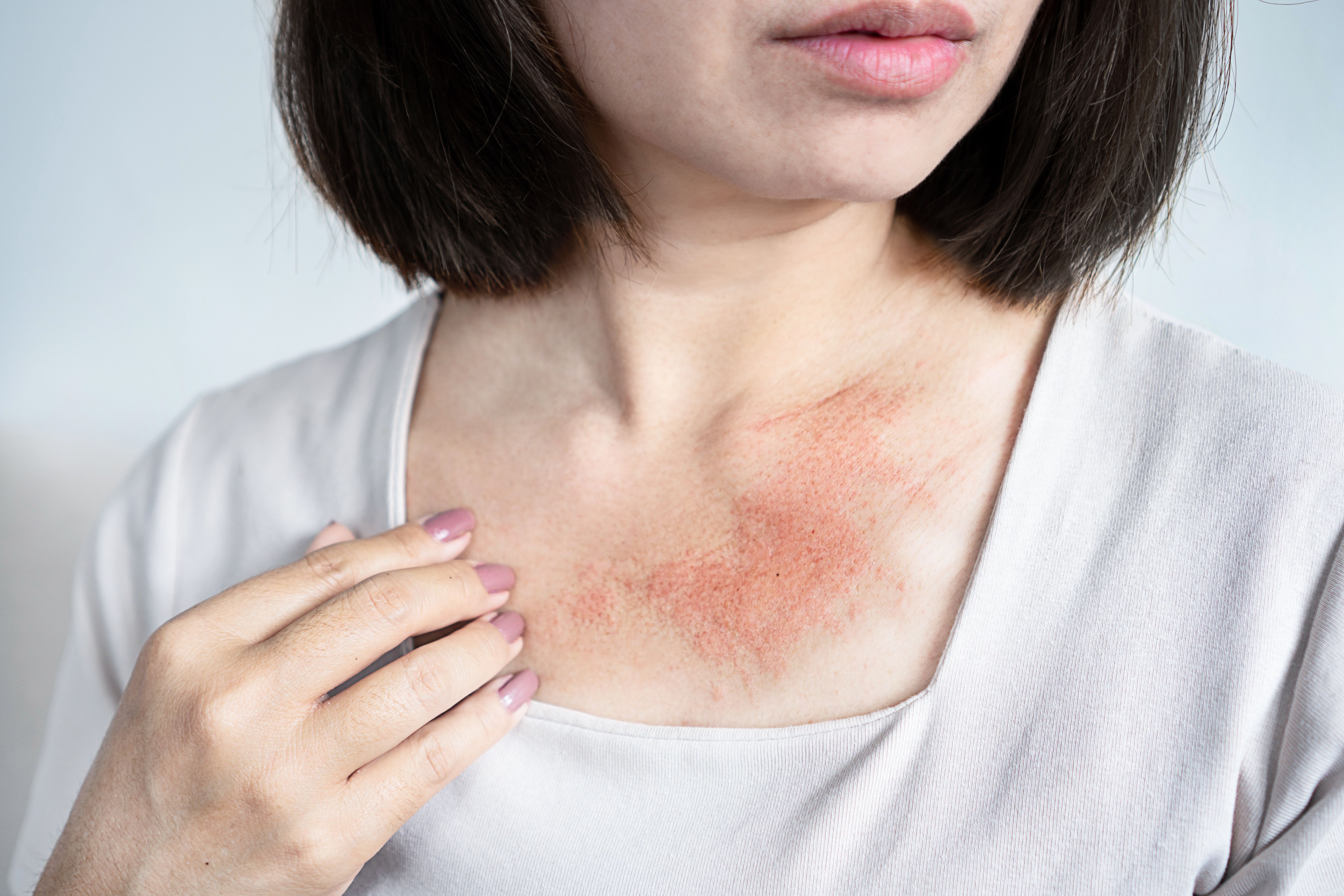Commentary
Article
Newer Treatments for CSU Show Fast Response, Says Dr Gil Yosipovitch
Author(s):
Data on new treatments for chronic spontaneous urticaria (CSU) show significant symptom reduction very early during treatment.
Gil Yosipovitch, MD

There are multiple new drugs and mechanisms that are very promising to treat patients with chronic spontaneous urticaria (CSU), said Gil Yosipovitch, MD, Stiefel Chair in Medical Dermatology and professor, Dr Phillip Frost Department of Dermatology and Cutaneous Surgery, Miller School of Medicine, University of Miami.
During an interview with The American Journal of Managed Care® (AJMC®), Yospovitch discussed the data on dupilumab, rilzabrutinib, remibrutinib, and more.
In the first part of his interview, he discussed the lack of efficacy of antihistamines to treat CSU, payer requirements to try antihistamines first, and the superiority of biologics.
AJMC: Could you go over what the data showed in the phase 3 trial of dupilumab for CSU, and what the FDA response was? How do you see dupilumab moving forward?
Yosipovitch: I'm optimistic about dupilumab. I think the problem with the phase 3 clinical trial was that they took patients who failed omalizumab, and that's why this is a unique population. If you'll take the patient as whole, there's a very big chance that this drug is effective and noninferior to omalizumab. I do believe that it's another very good option.
I have to mention also, that I am a dermatologist, and dermatologists feel very comfortable using a drug that has been in the market more than 7 years, and dermatologists see that it has a very good safety profile. It's a very important aspect of treatment among physicians that dermatologists don't want to deal with blood test monitoring and major adverse effects. And clearly, dupilumab has not caused any major adverse effects.
AJMC: How is the BTK pathway different from other targeted pathways in CSU, and what are some of the other important clinical considerations with BTK inhibitors that clinicians should know? How would the introduction of an oral therapy for CSU influence your treatment decisions?
Yosipovitch: First of all, I love the idea of having an oral therapy. Looking at the data of the BTK, it significantly reduced symptoms very early in treatment phase, and most of those patients who it reduced, were the responders. You don't have to wait months to see results. You could see it very quickly and you could predict whether this is a patient who would respond or maybe you should think of removing this patient if he's not responding. This is an advantage. I love the idea that in real world, I'll be able to see that maybe I don't need to use that drug all the time, and we could use it on and off for those patients.
I believe that the safety profile is quite good. There are some very limited reports of around, I think 4% or 5% of patients who had bleeding. It doesn't seem serious, but I would be interested to know what the mechanism is and just follow it up and know that it doesn't cause any problems. I think that also drug-drug interactions are important, and I'm not aware exactly what those are with regard to this drug. But overall, I feel very comfortable that this is a drug that would be helpful to patients and would target beyond just those who are the type I CSU autoantibodies. I do believe it would be easy to administer. It would be another additional advantage in our treatment armamentarium.
Rilzabrutinib is another BTK inhibitor. I have to admit that I don't know what the difference is in terms of its efficacy versus remibrutinib, which is more advanced in its development and most probably would be approved this year or next. But it's good to explore other BTKs, because like in any biologic, we find out that one drug can have some advantages in different subtypes. I would be very much interested to better understand whether these drugs have also a very [00:18:00] important aspect on the CIndU, which is chronic inducible urticaria, and some patient with CSU suffer from, too. I do believe that these drugs could be helpful for this condition too.
AJMC: With the remibrutinib data, why is it so crucial to have that early disease control at week 2?
Yosipovitch: First, I think that patients want to know “when will I get better?” and most patients would say, “the sooner the better.” So, I think that's extremely important. Second, I think this rapid response could be a biomarker, because those who respond rapidly are those who really are responders. Instead of being on long-term treatments and therapies that are not working, you know very quickly that this is the drug that will be helpful rather than to continue a drug and paying a lot of money. Also, I think payers would appreciate that they don't have to spend a lot of money on a drug that doesn't work so significantly.
AJMC: Can you talk more about the other therapies and mechanisms that you’re excited about?
Yosipovitch: Another drug that is very promising is an injectable drug targeting the C-kit receptor, barzolvolimab. Studies in CSU, CIndU, and cold-induced urticaria have shown that this drug is extremely effective in reducing CSU. I'm very excited about this mechanism because it's important in the mast cell activity. It seems to be a safe drug. It works fast too, and works also for the itch part. In fact, this C-kit inhibitor was also tried for prurigo nodularis, which is not related to CSU but reduced itche significantly there. That's one drug.
Another very promising pathway mechanistically is MRGPRX2, which is unique and it's a G-protein-coupled receptor. Most of these MRGPRs are nerve fibers, but this one is unique. It shows up in mast cells only and when you block it, it reduces it significantly. It also reduces secretion of tryptase and other proteases with the mast cell. It's kind of an excellent blocker of mast cell selectivity. I have to mention, because it's extremely important, the drugs have good safety profiles. It seems that both of these pathways that I mentioned are also safe and particularly, the MRGPRX2. Research that I've done in the last several years shows it is a very strong receptor involved in neurogenic inflammation, in itch, and in pseudoallergic responses like drug rashes. I'm very excited about these pathways, and I'm quite hopeful that they'll end up in the marketplace.
Newsletter
Stay ahead of policy, cost, and value—subscribe to AJMC for expert insights at the intersection of clinical care and health economics.




